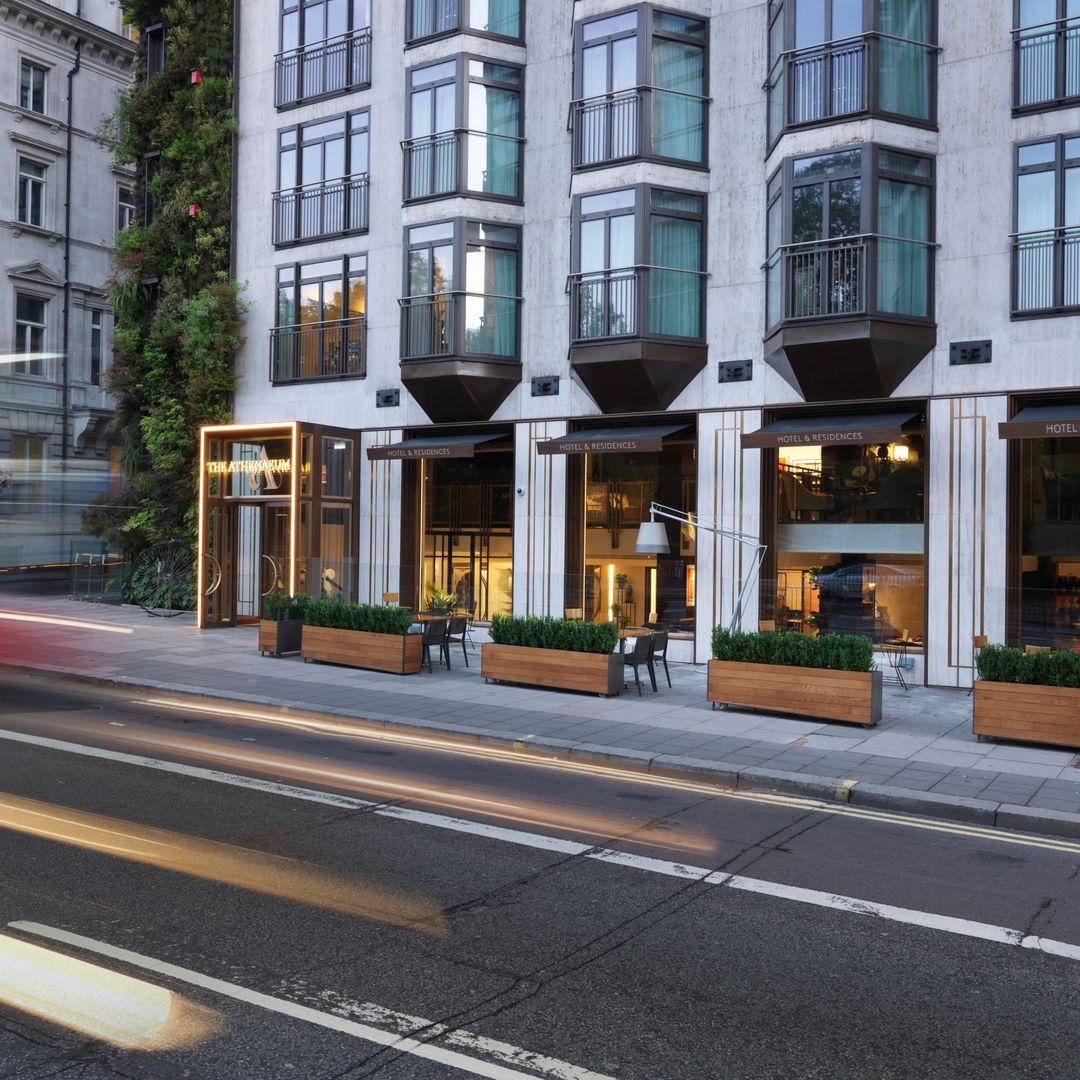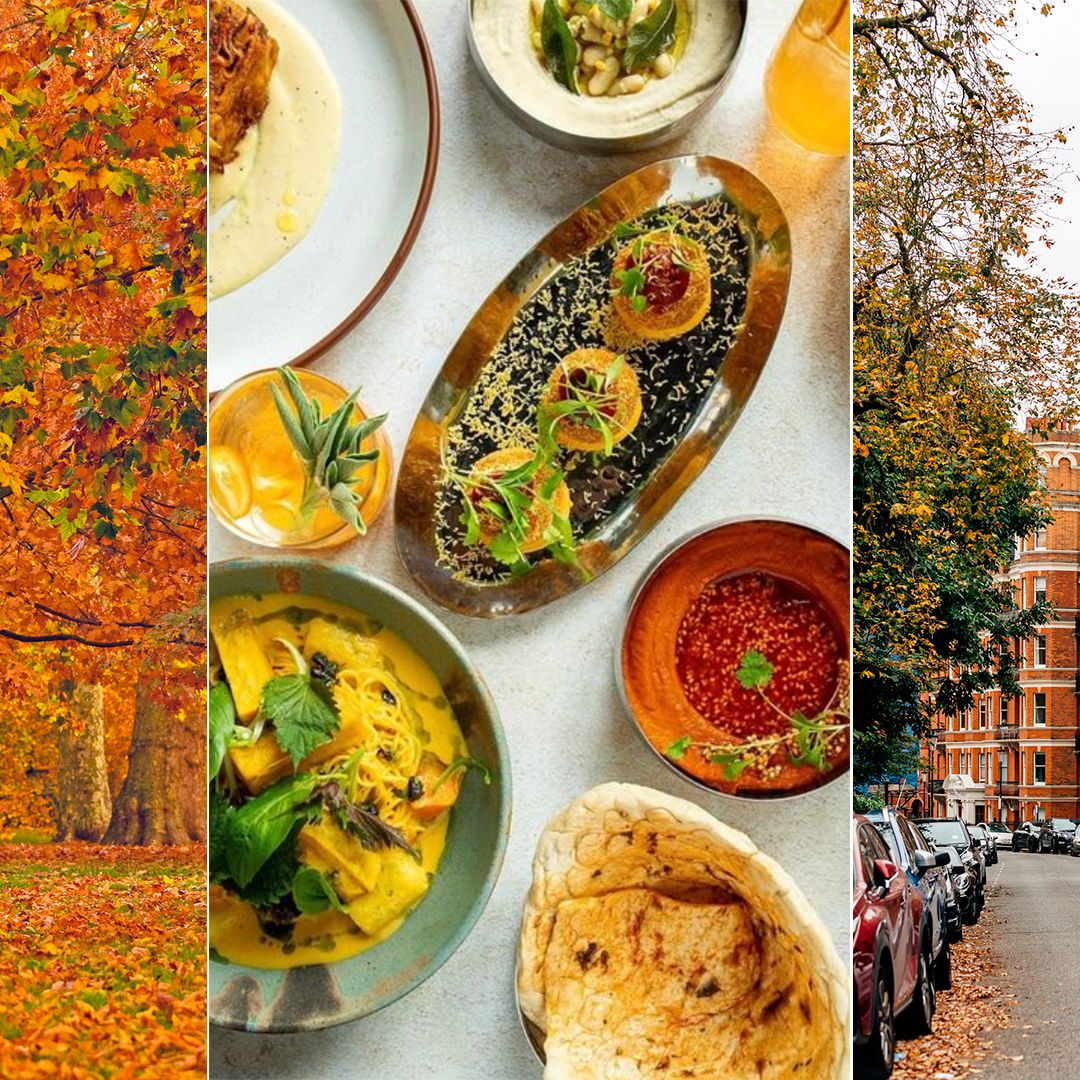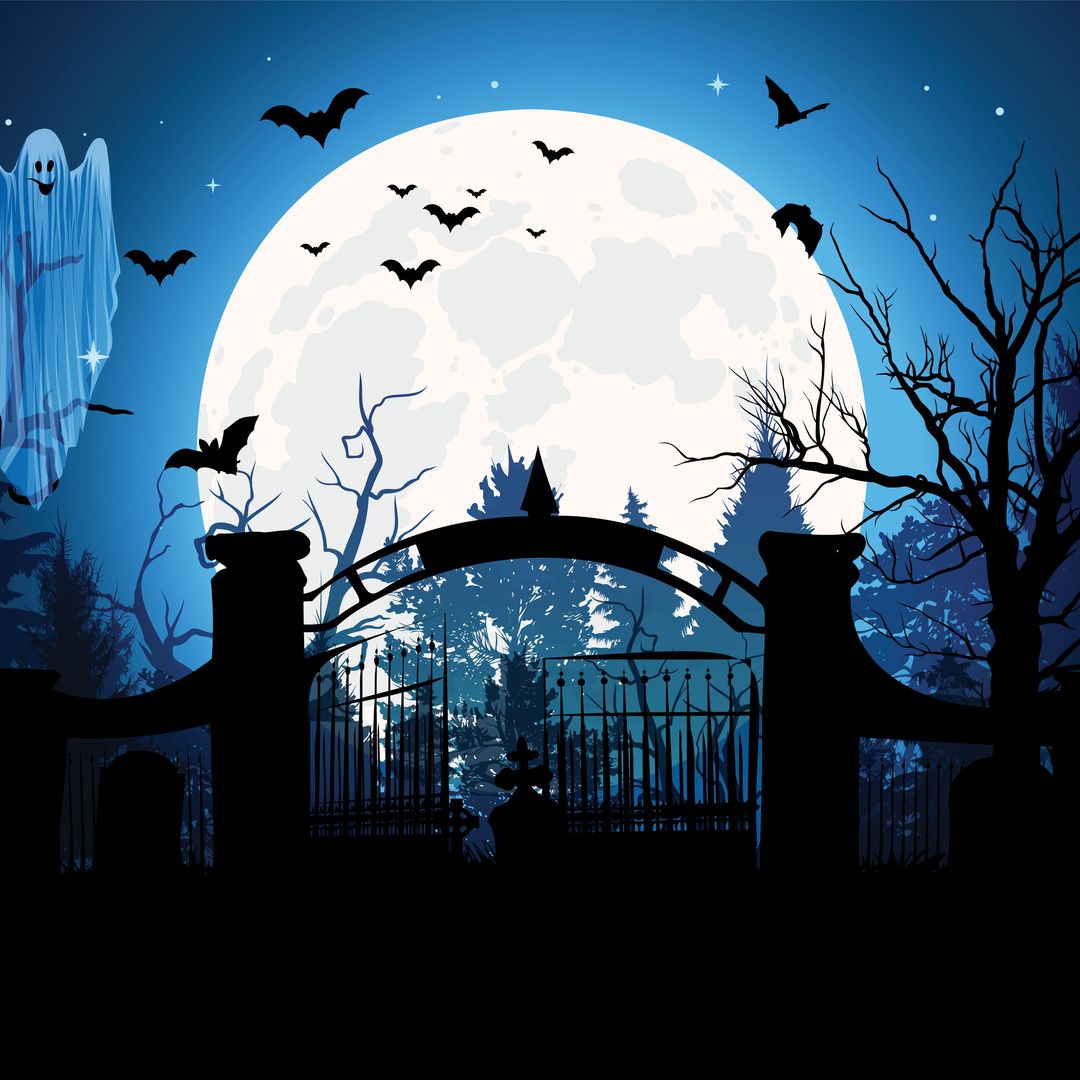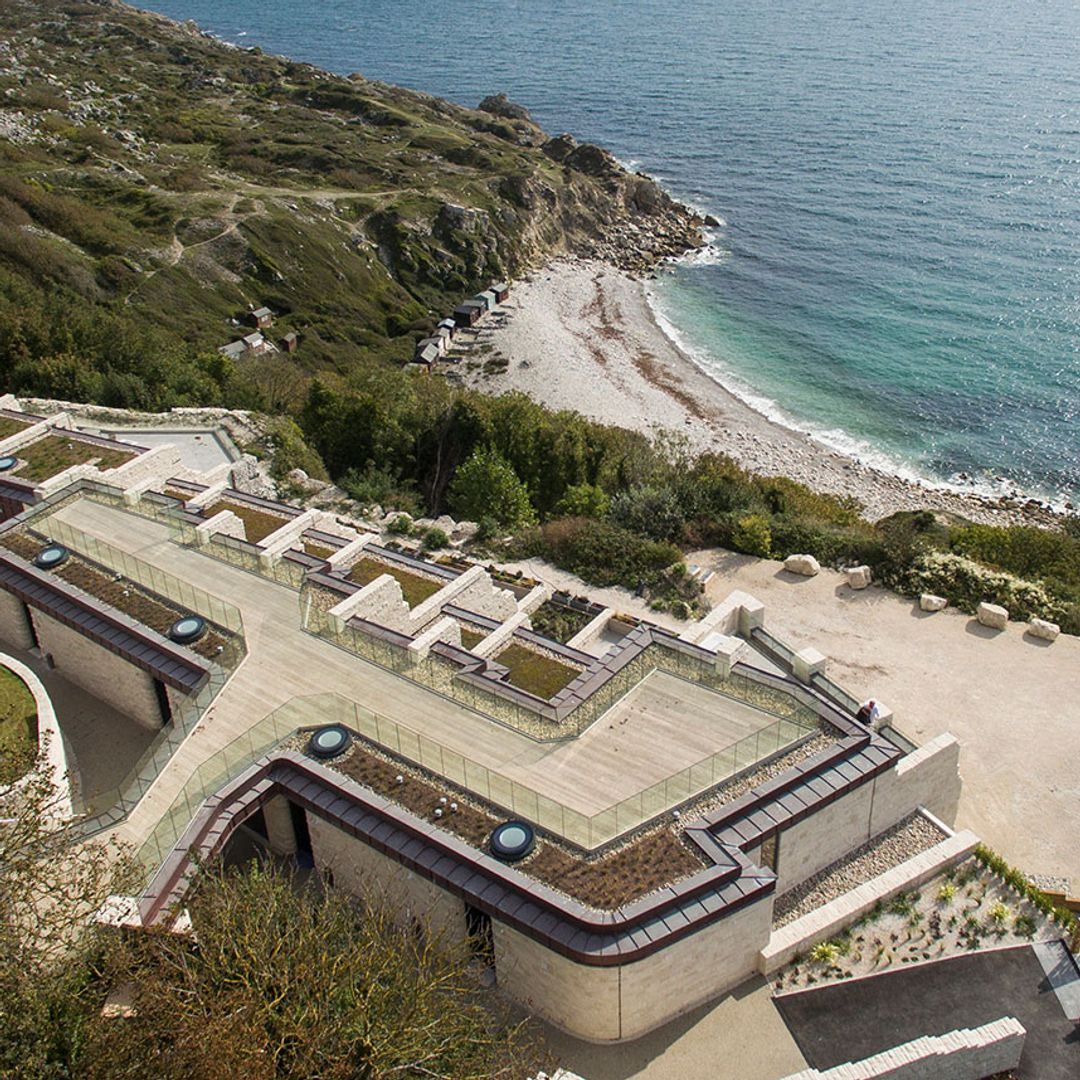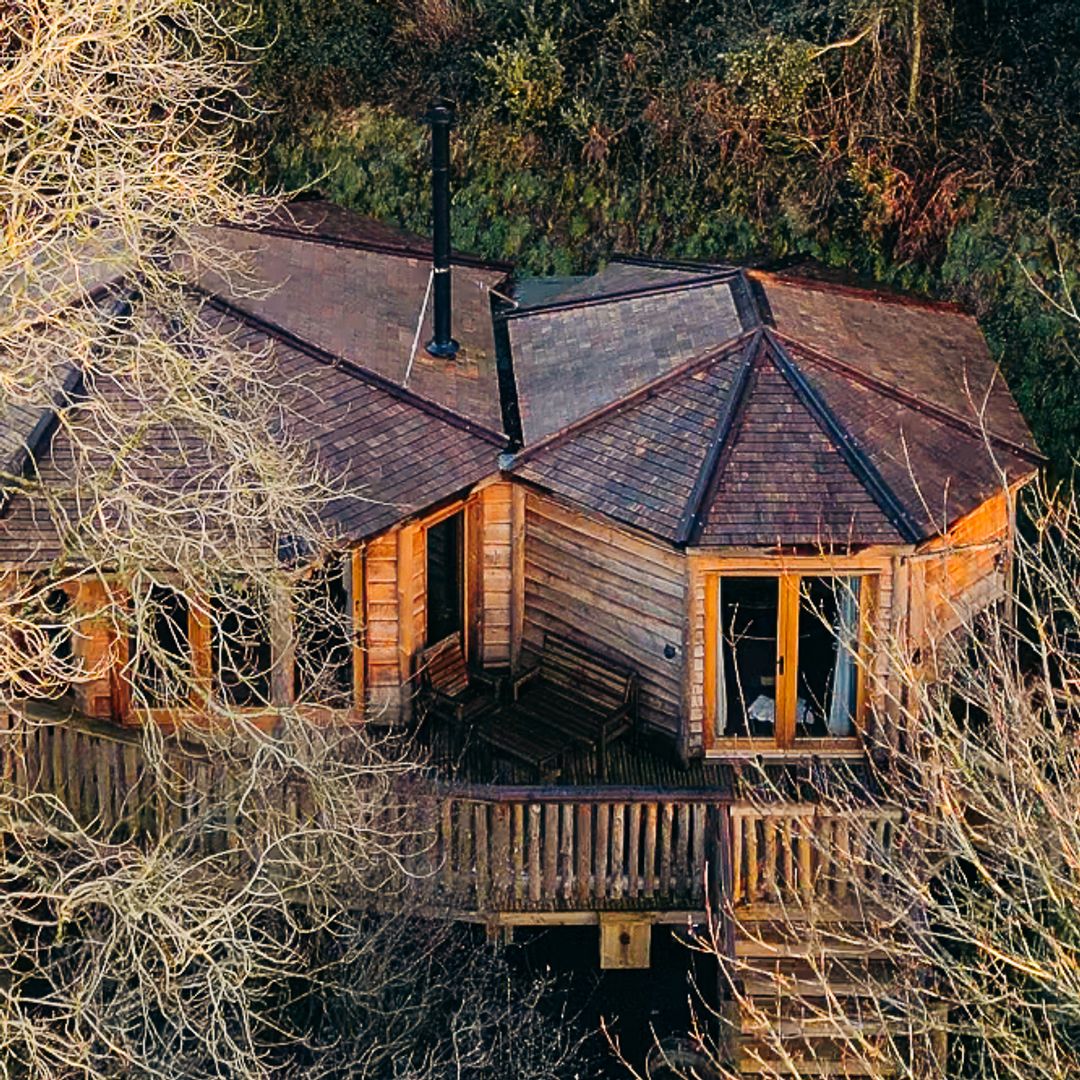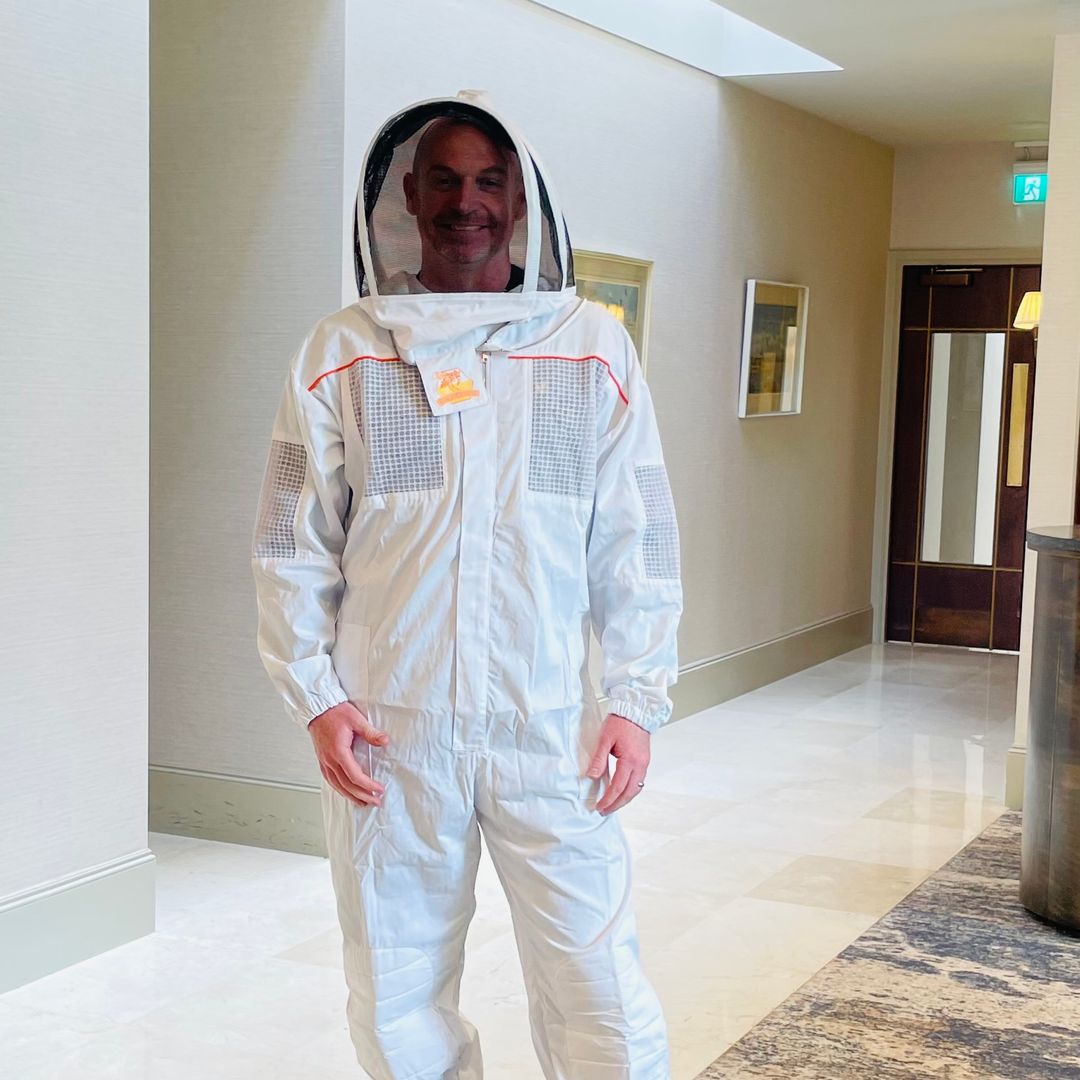The name of Dickens evokes a very specific historical period, and the great writer's cultural influence extends far beyond the literary with his stories being inseparable from the topic of social reform. This may in part account for the hundreds of events that have been organised around the globe to celebrate the bicentennial of the writer's birth.
Until March 4th, the British Library is hosting an exhibition exploring Dickens' relationship with the supernatural, while the exhibition at the Watts Gallery at Guilford, explores Dickens and the visual arts. Until April 1st, the original manuscript of David Copperfield, the most autobiographical of his works, can be seen at the Victoria and Albert Museum, while the display at the Museum of London looks at the writer's ties with the capital.
All 15 of Dickens' novels have been filmed at least twice, and the BFI Southbank are celebrating the bicentenary with a three-month season, described as the largest retrospective ever staged of film and TV works based on and inspired by the novelist's works. As well as existing adaptations, though, the world of Dickens is a constant inspiration, and this year we can look forward to seeing Ralph Fiennes and Helena Bonham Carter on screen in Mike Newell's highly anticipated version of Great Expectations for which the Harry Potter and the Goblet of Fire director has interpreted the story as a thriller and given a new twist to the ending
Although we usually think of Dickens in relation to the seedy past of the capital, the novelist and his work have links with many other locations around the country. The bicentenary will be commemorated in style in his hometown of Portsmouth where, in addition to the official birthday celebrations on February 7th, there will be street theatre, music, craft activities and readings and the festivities will last a full week.In 1883, in preparation for his book Nicholas Nickleby, the writer visited the Teesdale Valley to gather information about schools in the area. The conservation area is paying tribute to this connection with a programme of events through the year, including exhibitions, guided tours, lectures, film screenings and even a Dickensian Ball at the Morritt Arms Hotel, Greta Bridge on February 10th.In Victorian times, London was, to many, the centre of the world: as capital of the British Empire, the city boasted impressive buildings and wealth, but the other side of the picture was, of course, the entrenched poverty of the slums. This is the world that Dickens described in his novel Oliver Twist. A good place to start to discover this world is the Dickens Museum, just a few minutes walk from Russell Square tube, and located in the building that Dickens described as "my house in town".Clerkenwell, now an area dotted with design studios and highly desirable loft spaces, was in Dickens' time one of the most dangerous neighbourhoods in London. It was plagued by pickpockets, murderers and drunken women who stole children's clothes to finance their drinking, leading the area to be nicknamed 'little Hell'. Today all around central London you'll find little corners and passage-ways, as well as old buildings such as the popular Jerusalem Tavern, that still echo with this history.There were other dark sides to Victorian London, too, with seances and spiritualism, and dark alleyways leading to squalid opium dens; these are recreated with more modern ambience and less real danger in themed bars such as Purl, where the piano, chesterfield sofas and chandeliers, as well as the sophisticated versions of Victorian tipples, can transport us back through the centuries. You might half expect Bill Sikes to lurk in the Worship Street Whistling Shop, an establishment that harks back to Dickensian London where it has found inspiration for both its decor and its menu.Leaving the capital behind, the bicentennial is an opportunity to discover Kent, the county that inspired some of the best known passages of the works of Dickens and where the writer spent five years of his childhood, as well as the last 13 years of his life. Great Expectations includes haunting descriptions of the marshes of Kent, and the cemetery of the little church of St James in Cooling is the setting for Pip's visit to the family graves that is one of the most chilling episodes of the novel. About 8 kilometres away is Gads Hill Place – now a school – the house that Dickens fell in love with as a boy and finally bought when he became a successful writer. The area is also home to Dickens World, where the whole family can discover more about the author and his writing.The nearby town of Rochester is the Dickensian capital of the region par excellence, and celebrates the link each year with festivals in summer and winter. Here you can visit Restoration House, which served as a model for Satis House, the mansion in Great Expectations where the wealthy Miss Havisham lived out her eccentric life dressed in her wedding gown and planning vicarious revenge on men through her adopted daughter Estella.Further information:British Tourist Information

